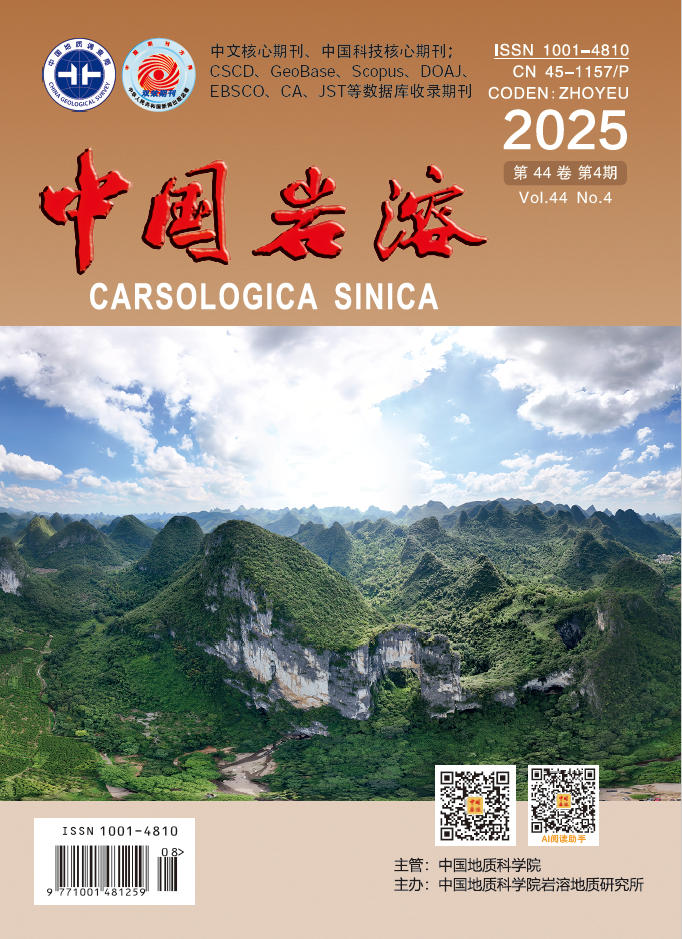Abstract:
Testing the CO2-C content released from the soil is the way to study the mineralization rate of the soil organic carbon(SOC). Thus, we collected soil samples from farmland, shrub land and forest in Maocun karst area in Guilin, and incubated in the laboratory in the dark at 25℃ with a constant moisture of 75% during 90 days, then analyzed the amount of cumulative CO2-C released over 90 days to study the difference of SOC mineralization rate under different land use types. It was found that the mean concentration of CO2-C (gCO2-C?kg-1soil?90d-1) from SOC mineralization in farmland was 62.9% and 56.6% lower than those in the shrub land and forestland respectively. Meanwhile, the chemical structure of soil organic carbon pool in above-mention land use types is studied. The SOC pool are divided into three pools, that is passive-, slow-, and ative- organic carbon pool. Firstly, using acid hydrolysis (6M HCl) to fractionate passive organic carbon, then separate active and slow carbon pools and calculates their decomposition rate and residence time with the “three-pool first-order model”. The results showed that active carbon pool (Ca) comprised 1.82% to 2.71% of the SOC, with an average mean residence time (MRT) of 8.4 to 16.3 days, while slow carbon pool comprised 33.91% to 45.47% of the SOC, with an MRT of 4.8 to 7.7 years, and passive carbon pool comprised 51.82% to 64.01%, with an assumed MRT of 1000 years. Finally,the chemical structure of the organic carbon was analyzed by solid state 13C via polarization magic angle spinning nuclear magnetic resonance (13C CPMAS NMR) . The results showed that, in comparison to the shrub and forest lands, the proportion of alkyl C and aromatic C in farmland which suffered more human disturbance increased, while the proportion of O-alkyl C and carbonyl C decreased. Both the order of alkyl C/ O-alkyl C and hydrophobic C / hydrophilic C are farmland>forestland>shrub land, while the order of aliphatic C/aromatic C was the opposite. This shows that SOC in farmland has higher degree decomposition and is more difficult to decompose than the above other land types.






